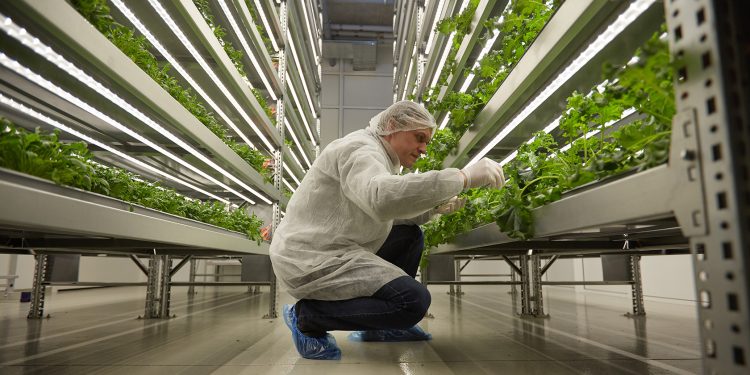#RegenerativeAgriculture #SustainableFarming #SoilHealth #Biodiversity #FarmingPractices #FranklinCounty #Vermont #FinnRootsFarm #CropRotation #CoverCropping #MinimalTillage #Composting #HedgerowPlanting #EnvironmentalImpact #AgriculturalSystems
Finn Roots Farm, located in Enosburg, Franklin County, Vermont, is a unique and sustainable farming model that has been gaining attention in recent years. This farm specializes in regenerative agriculture, a practice that aims to restore soil health, increase biodiversity, and promote sustainable land management. In this article, we will explore the innovative farming practices used by Finn Roots Farm and the benefits of regenerative agriculture.
According to a report by the USDA, regenerative agriculture has been shown to improve soil health, increase crop yields, and reduce the environmental impact of agriculture. Finn Roots Farm is a great example of this practice in action. The farm uses a combination of crop rotation, cover cropping, and minimal tillage to improve soil health and reduce erosion. Additionally, the farm uses composting and other sustainable methods to manage waste and promote nutrient cycling.
Finn Roots Farm also prioritizes biodiversity, which is essential for maintaining healthy ecosystems. The farm has implemented practices such as hedgerow planting, which provides habitat for pollinators and other beneficial insects. The farm also maintains a diverse crop rotation, which reduces pest pressure and promotes healthy soil.
Overall, Finn Roots Farm is an excellent example of the benefits of regenerative agriculture. By prioritizing soil health, biodiversity, and sustainability, the farm has been able to produce high-quality crops while minimizing its environmental impact. This approach to farming is essential for ensuring the long-term health and productivity of our agricultural systems.
Regenerative agriculture is an innovative and sustainable approach to farming that is gaining momentum across the country. Finn Roots Farm is an excellent example of the benefits of this approach, and its practices could serve as a model for other farmers and agricultural professionals. By prioritizing soil health, biodiversity, and sustainability, we can create a more resilient and productive agricultural system for future generations.












